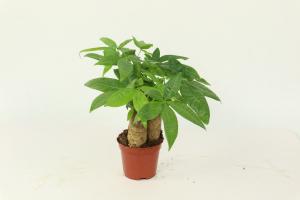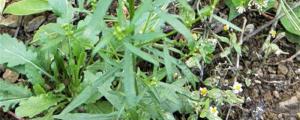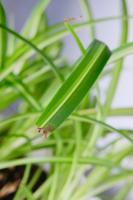Introduction
The plant cuticle is a thin, waxy layer that covers the outer surface of plant leaves, stems, and other plant organs. It plays a vital role in preventing water loss from the plant, which is essential for its survival. The cuticle layer serves as a barrier between the plant and the environment, protecting the plant from external factors and regulating the exchange of gases.
Anatomy of the Plant Cuticle
The plant cuticle is composed of two layers: the cutin layer and the epicuticular wax layer. The cutin layer is a polyester polymer that forms the bulk of the cuticle. It is formed by the dehydration and polymerization of hydroxy fatty acids. The epicuticular wax layer, on the other hand, is a thin layer of waxes that covers the cutin layer. It consists of a mixture of long-chain alkanes, alcohols, ketones, and esters.
Preventing Water Loss
The primary function of the plant cuticle is to prevent water loss from the plant. The cuticle layer is hydrophobic, meaning it repels water. As a result, it helps to reduce transpiration, which is the process by which plants lose water through evaporation. The cuticle layer also reduces the rate of water loss by providing a physical barrier between the plant and the environment.
Protecting the Plant
The plant cuticle also helps to protect the plant from external factors such as pathogens, pests, and UV radiation. The waxy epicuticular layer prevents water and other substances from entering the plant, which can carry pathogens that could harm the plant. The epicuticular layer also protects the plant from UV radiation, which can cause damage to the plant's DNA.
Regulating Gas Exchange
The plant cuticle also plays a vital role in regulating the exchange of gases between the plant and the environment. The cuticle layer controls the diffusion of gases such as oxygen, carbon dioxide, and water vapor in and out of the plant. It helps to maintain the appropriate level of gases within the plant, which is important for the plant's metabolic activity.
Conclusion
In conclusion, the plant cuticle is a vital component of the plant's anatomy, serving as a barrier that protects the plant from water loss, external factors, and regulates the exchange of gases. Understanding the function of the plant cuticle is essential for developing strategies to improve the drought tolerance of crops, which is becoming increasingly important as the world's population continues to grow.

 how many times do yo...
how many times do yo... how many planted tre...
how many planted tre... how many pine trees ...
how many pine trees ... how many pecan trees...
how many pecan trees... how many plants comp...
how many plants comp... how many plants can ...
how many plants can ... how many plants and ...
how many plants and ... how many pepper plan...
how many pepper plan...


































